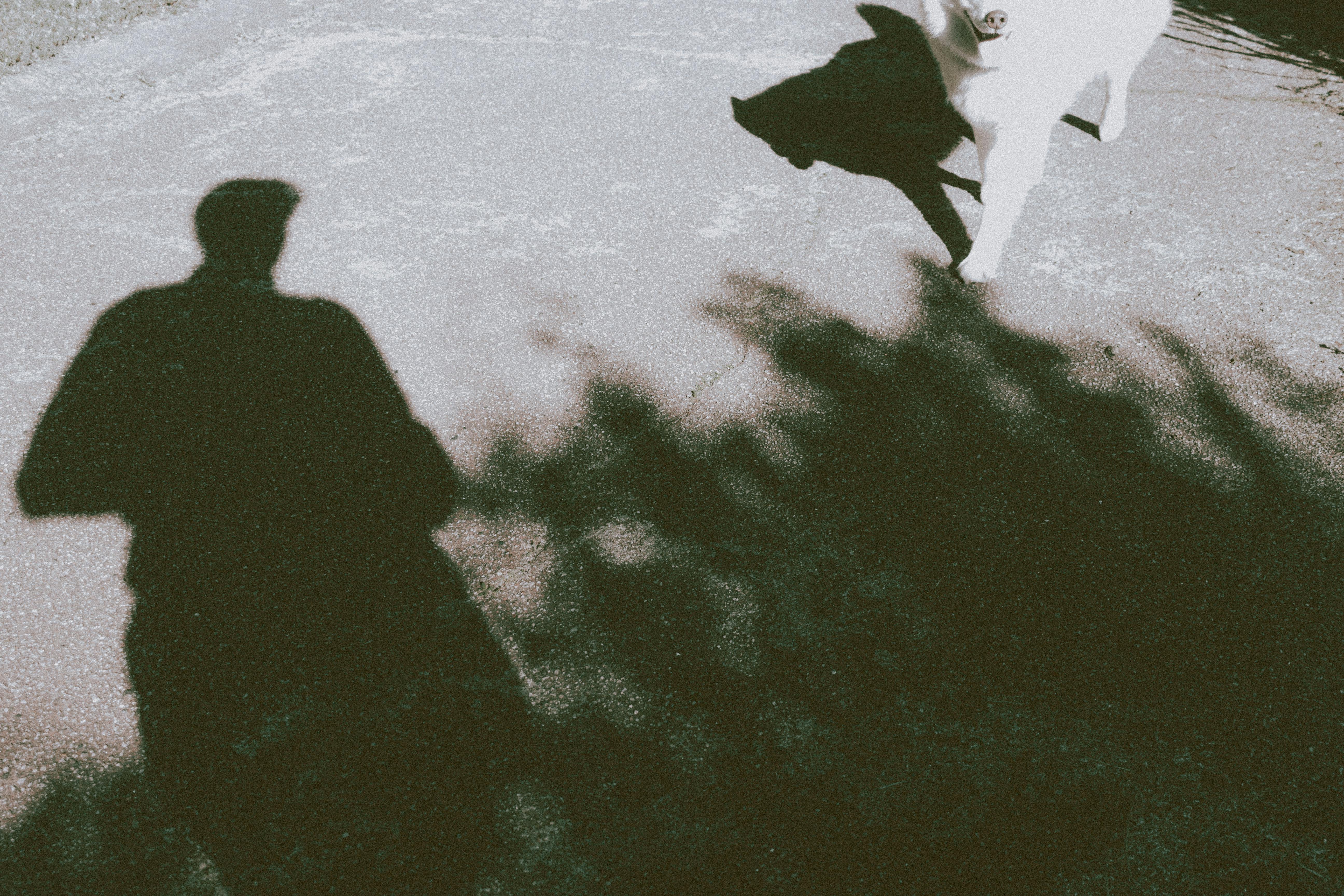Let’s face it, most bluetongue skinks in the pet trade today are bluetongue skinks (or subspecies) imported from Indonesia. This could mean that the unsuspecting buyer hoping for the easy-to-handle, captive-bred bluetongue skink ends up with a hissing, solitary, and defensive animal that they are not prepared for. Although the animal may never calm down to the point of being a captive bred blue-tongued skink, we can “socialize” this blue to the point that handling does not put as much stress on the animal.
By socializing, I really mean accustoming the skink to human contact so that when necessary (or desired by the human caretaker) it doesn’t stress it out. Stress causes many problems in captive reptiles. From illnesses, to stop eating, to simply putting them in a very bad mood. So really, when working with most wild-caught reptiles, taking steps similar to this can help them adjust to life in captivity.
The first thing to always remember is to stay calm. It can be quite a task working with an animal that is deathly afraid of you and just wants to run away. It can also be intimidating when a blue-tongued skink opens its mouth, threatens to bite you, and hisses. They may bite you and you have to accept it. Trust me, when it comes to Blue Tongue Skinks, the thought of being bitten is much more painful than the bite itself. 99% of the time they are just bluffing anyway, and as soon as you get close to them they stop bluffing and try to run away.
Okay, now that you’ve gotten over your fears of the not-so-terrible blue bite… Well, what’s next? Patience. This is not going to be an easy task. This bluey was trapped (or bred) and sent to a pet store. He probably doesn’t trust humans. So it’s going to be a slow and steady process.
This is where I would start. Sleep in a T-shirt for a few days (make sure you don’t wear perfume or deodorant first, shower if you have one) and then tie the openings shut so the skink can’t get inside. Place this in your enclosure and leave it there. He’ll hide under your shirt, lie on top of it, and start to associate your scent with safety and security.
I would then move on to manual feeding. The title of that is self-explanatory, removing the bits of food by hand. If the animal is too afraid to try, don’t force it. Just let him eat on his own and try again the next time you feed him, he’ll figure it out eventually.
Once the Bluey allows you to pick him up with just a little hiss and no gawking, begin driving sessions. He just lets the skink walk over you and explore. Start during the first week by keeping them very short, around five minutes. The second week increases up to ten minutes. Week three goes up to fifteen. Once the skink is comfortable in the fifteen minute drive range, it should be ready to go longer. Remember, however, that the skink still needs heat and UVB lighting in its enclosure, so don’t keep them outside for too long.
Remember, you will have good days and bad days. One day you may think you’ve made real progress and then the next the bluey could be back to square one. They will come, you just need to take the time to do it!
